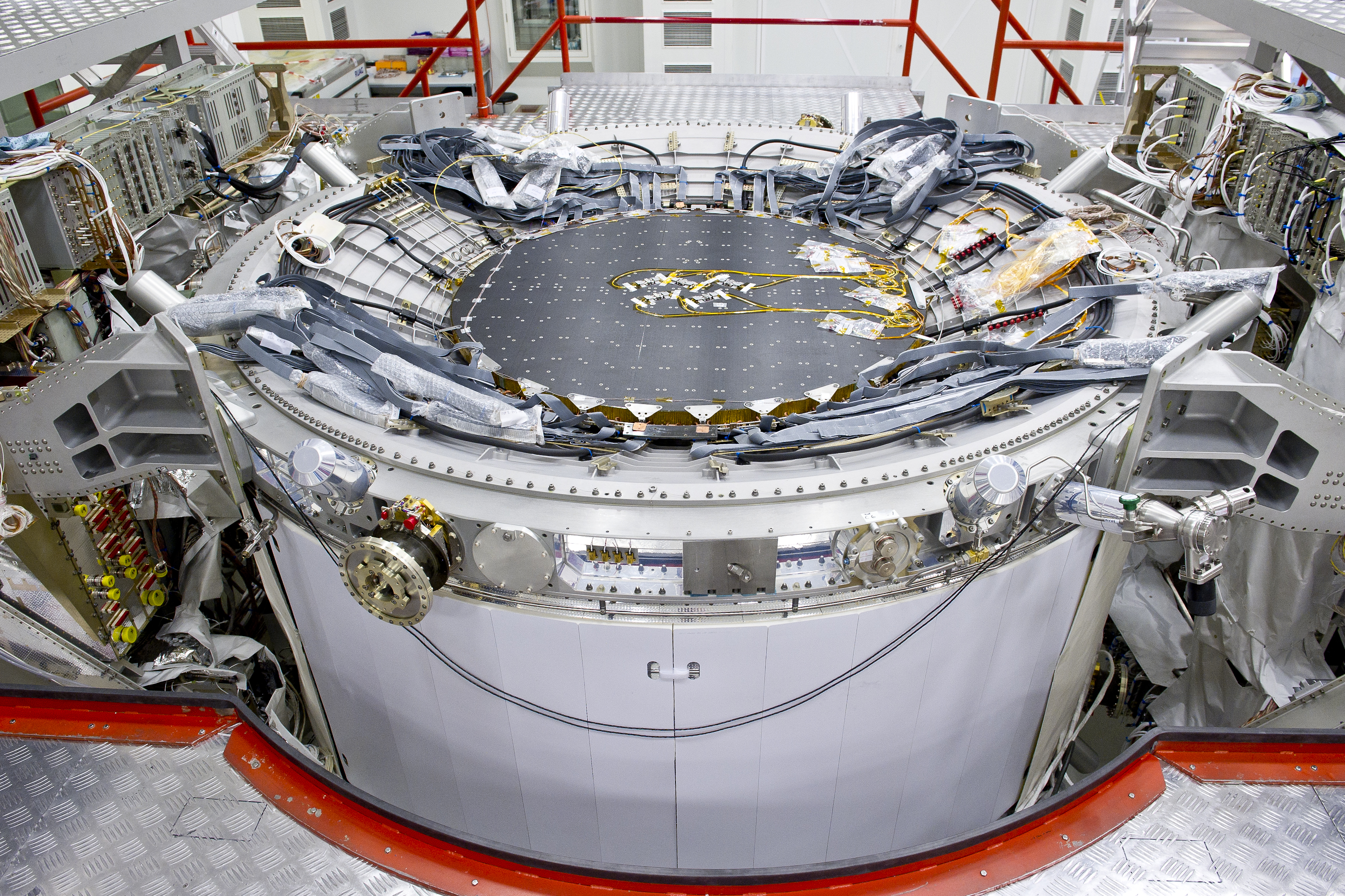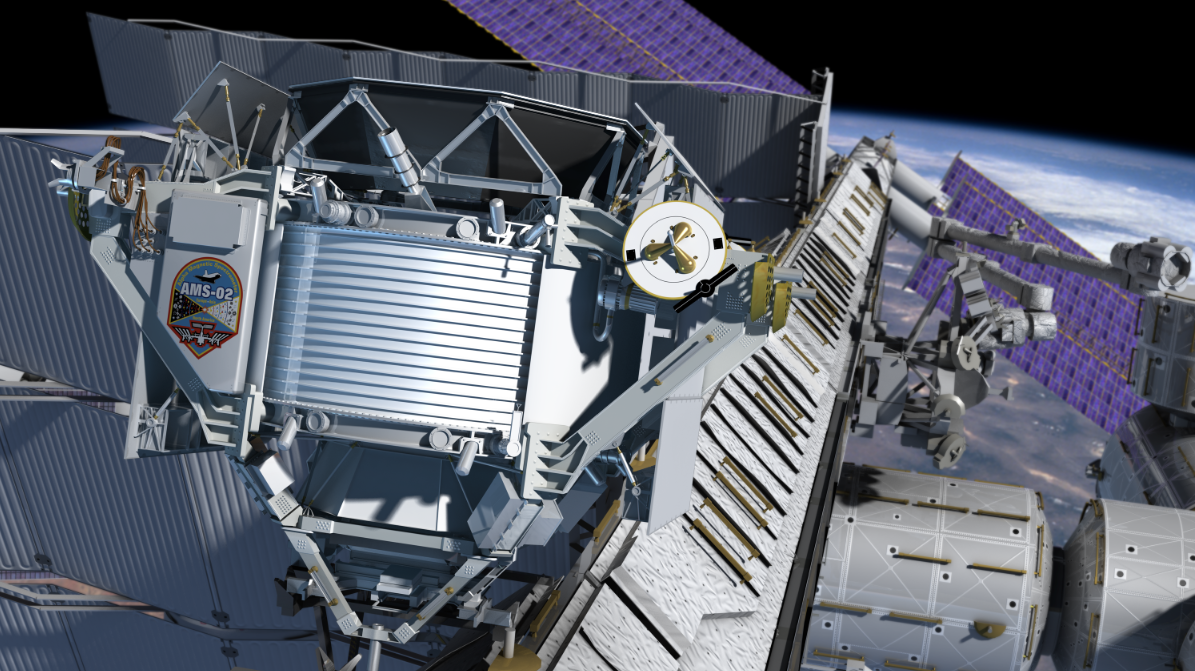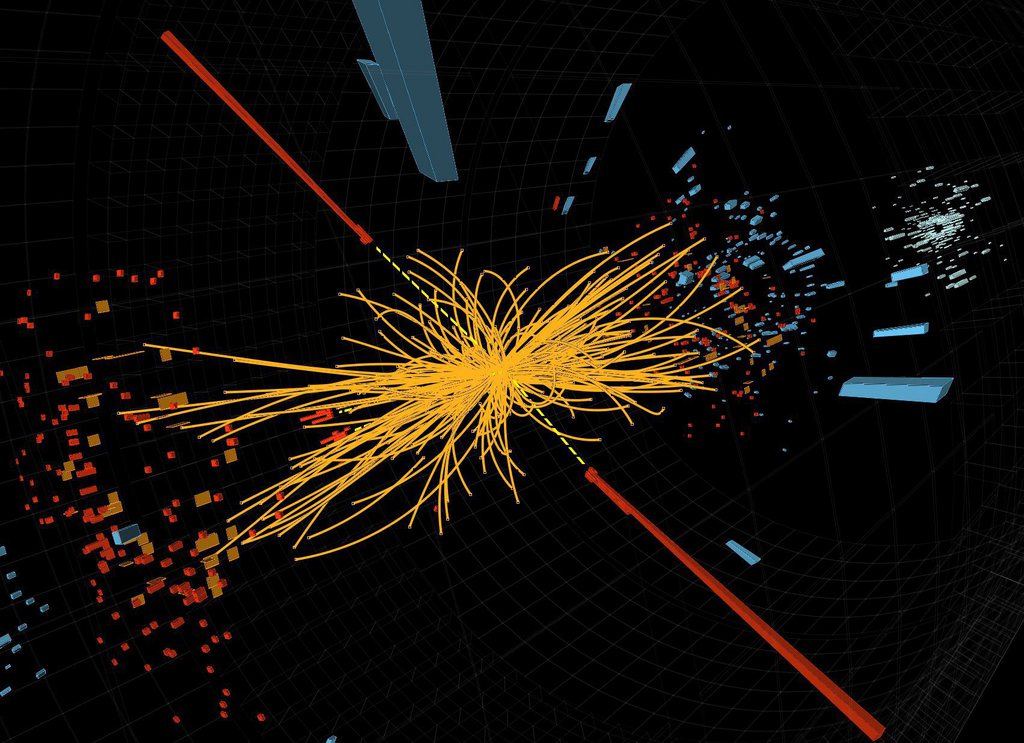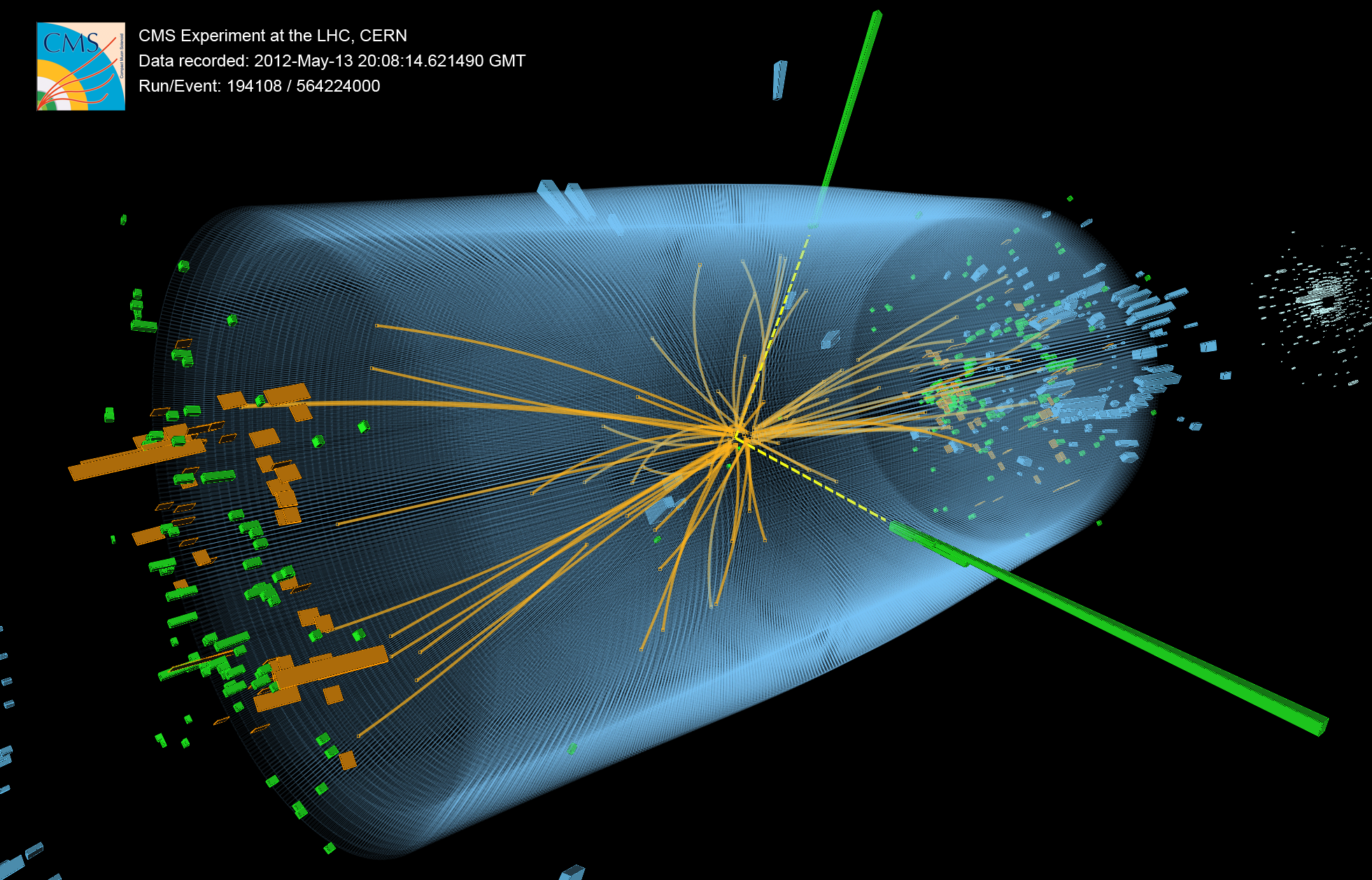Scientists hope to solve enigma of dark matter

A mystery which has been puzzling space scientists for more than 80 years may be on the verge of an explanation, thanks to the $2 billion (CHF1.9 billion) cosmic ray detector on board the International Space Station.
The Alpha Magnetic Spectrometer has found the first hint of dark matter, Samuel Ting, the leader of an international team of scientists, announced at the European Organization for Nuclear Research, or CERN, near Geneva on Wednesday. Dark matter, which has never been directly observed, is thought to help hold the cosmos together.
Some 25 billion events recorded by the spectrometer over a period of 18 months included the largest collection yet of antimatter particles in space: 400,000 positrons – positively charged subatomic particles.
Scientists who are analysing the data at CERN postulate that the surging energies of these positrons could indicate that they were created when particles of dark matter collided and destroyed each other.
“These results are consistent with the positrons originating from the annihilation of dark matter particles in space, but not yet sufficiently conclusive to rule out other explanations,” said a statement issued by CERN.
It is possible that the new phenomenon could be energy originating from pulsars, the organisation said. A pulsar is a highly magnetised rotating neutron star that emits electromagnetic radiation.

More
“Giant doughnut” joins the hunt for antimatter
The existence of dark matter was first inferred back in 1932 to account for discrepancies between the mass of large astronomical objects, as calculated from their gravitational effect, and that calculated from the luminous matter they contain. Although the theory is widely accepted, several other explanations of these discrepancies have also been proposed.
The search for dark matter is conducted not only from experiments in space, but also on Earth at CERN’s Large Hadron Collider and in other deep underground laboratories.
Ting said the spectrometer would be able to tell scientists “over the coming months” whether the positrons were indeed “a signal for dark matter, or whether they have some other origin.”
CERN Director General Rolf Heuer expressed confidence that taken together, experiments carried out on Earth and in space would produce a resolution of the dark matter mystery “in the next few years”.
The spectrometer will continue to search for antimatter and dark matter for the rest of the space station’s life, which should be at least until 2020.

In compliance with the JTI standards
More: SWI swissinfo.ch certified by the Journalism Trust Initiative


You can find an overview of ongoing debates with our journalists here. Please join us!
If you want to start a conversation about a topic raised in this article or want to report factual errors, email us at english@swissinfo.ch.